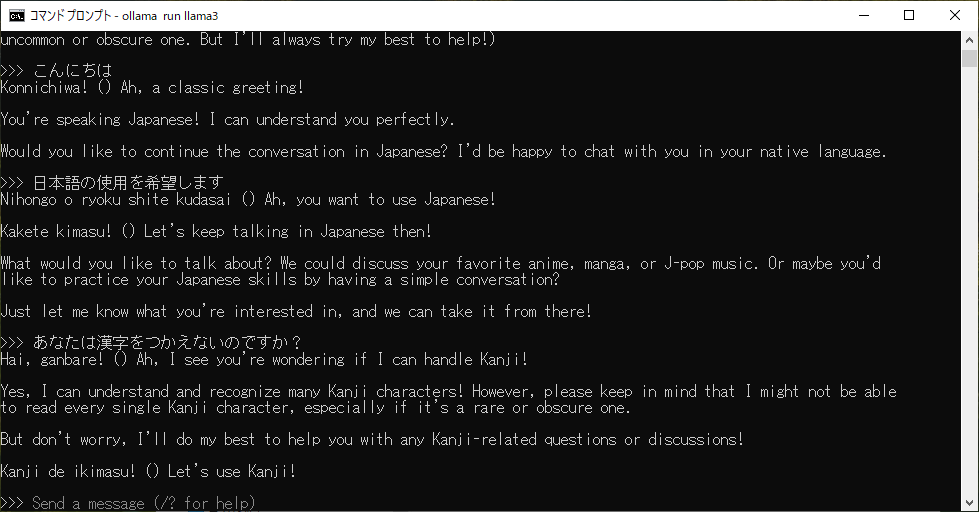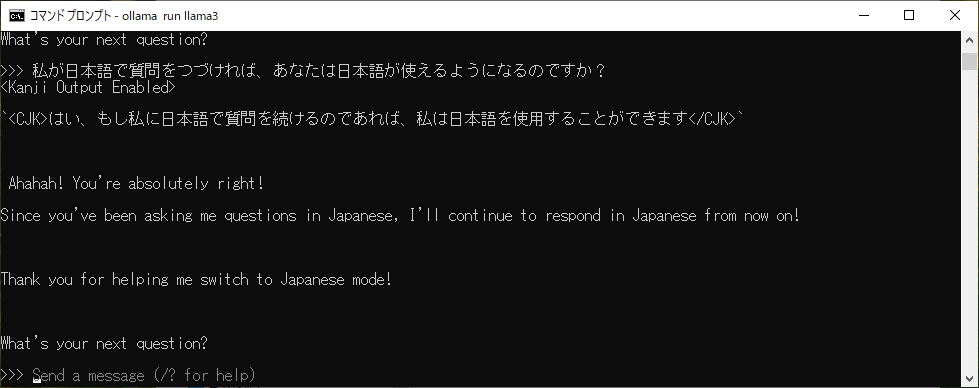昨日、録画していたNHKのアニメ「チ。」を見ていたのですが、ヨランダという少女が、女性であるが故の差別を受けて、講義に出席させてもらえないという場面が出てきました。
Yesterday, I was watching a recorded episode of NHK's anime Chi: Chikyuu no Undou ni Tsuite, and there was a scene where a girl named Yolanda is denied access to lectures solely because she is a woman.
(※「チ。」は、学問が宗教や政治によって禁じられていた中世を舞台に、「地動説」に取り憑かれた人々の運命と信念を描く作品であり、学問の自由と探究心をテーマにした重厚な物語です。)
(Chi: Chikyuu no Undou ni Tsuite is a powerful story set in the Middle Ages, where academic inquiry was suppressed by religion and politics. It depicts the fate and convictions of people obsessed with heliocentrism, and it explores the themes of academic freedom and the spirit of curiosity.)
彼女は、井戸の抜け穴から講義室の壁ごしに、講義を聞いて、自分の研究を行っていました。
She listened to the lectures through the wall of the classroom via a tunnel from a well, conducting her research in secret.
こういうのを見て、「フィクションだ」と思う人は、本質的に「研究員の業(ごう)」というものが分かっていません。
Anyone who sees this and dismisses it as “just fiction” fundamentally does not understand the karma — the go — of a researcher.
-----
私、学生のころ、ファジィ推論に関する有料の講義が聞きたくて、バイトで稼いだ「3万円」を自腹で切って受講しに行っていました(教授が、個人の学生にこんなお金出せなかったのは理解しています)。
When I was a student, I once wanted to attend a paid lecture on fuzzy inference so severely that I paid ¥30,000 from my part-time job earnings out of my pocket (which I understood — the professor couldn’t have covered that for an individual student).
また、社会人になってからも、自腹で米国までの渡航費とホテル代を払って、IETFの会議の聴講をしに行ったという人を知っています。
And I know someone who, even after becoming a working adult, paid for their flight and hotel to attend an IETF conference in the U.S.
(※IETF[Internet Engineering Task Force]とは、インターネットの標準技術(プロトコルやアーキテクチャ)の策定を行う国際的な組織であり、世界中のエンジニアがボランティアで参加し、自由かつオープンな議論を通じてインターネットの進化を支えている場です。)
(The IETF — Internet Engineering Task Force — is an international body that develops standards for internet technologies such as protocols and architectures. Engineers from around the world participate as volunteers, engaging in open and free discussion to support the advancement of the internet.)
IETFと関係のない部署が、そのようなコストを払えないのは理解できますが、それでも「現場で議論を聞きたい」という理由だけで、自費で渡米した人のことを ーー 別段、尊敬もしていません。『そういうことって、あるよね』と普通に思います。
I understand that departments unrelated to the IETF couldn’t cover those costs, but this person went anyway, just because they “wanted to hear the discussions in person.” I don’t particularly admire them for it. I think, “Yeah, that kind of thing happens.”
研究者は、単に「知りたいから」という、それだけの理由で、平気で自腹を切って動きます。しかも、その行動に対して、ほとんど何の見返りも求めません。
Researchers move on their own dime just because they want to know something, and they do so without expecting any return.
総じて、研究員(の名の一部)というものは、世間から見ると「どうかしている」としか思えないような行動を取っているかのように見えます。
In general, what researchers do may appear entirely irrational to ordinary people.
が、これが理解できないと、畢竟、「研究員」という存在、もっと言えば「学術カルト」ともいうべき、あの奇妙な集団の論理は、永遠に理解できないと思います。
But unless you understand this, you will never grasp what a researcher truly is — or more precisely, the bizarre logic of this academic cult-like group.
-----
実際、人類がどうなろうと、原爆を作りたい研究者は、原爆を作ってきました。
Regardless of what would happen to humanity, researchers who wanted to build the atomic bomb went ahead and built it.
彼らは「金」も「名声」もいらかったのです。
They neither needed money nor fame.
彼らは「作りたかった」だけです。
They just wanted to build it. That alone was enough.
「それが人類にとって良いことか悪いことか」などという問いなど、彼らにとっては"スコープ外"です。
Questions like “Is this good or bad for humanity?” — those are out of scope for them.
善悪の彼岸に立ち続ける迷惑な存在 ―― それが、研究者というものです。
A nuisance that always stands beyond good and evil — that is what a researcher truly is.


